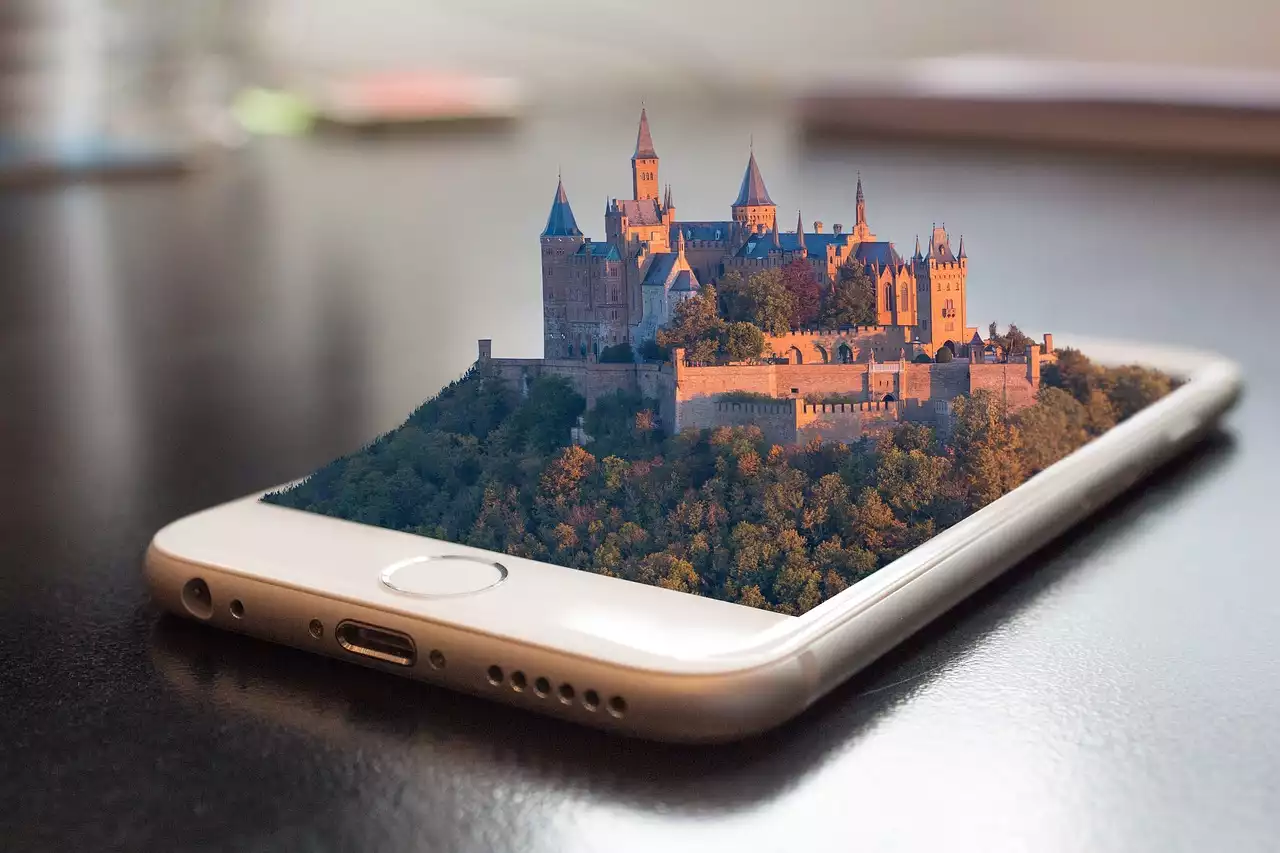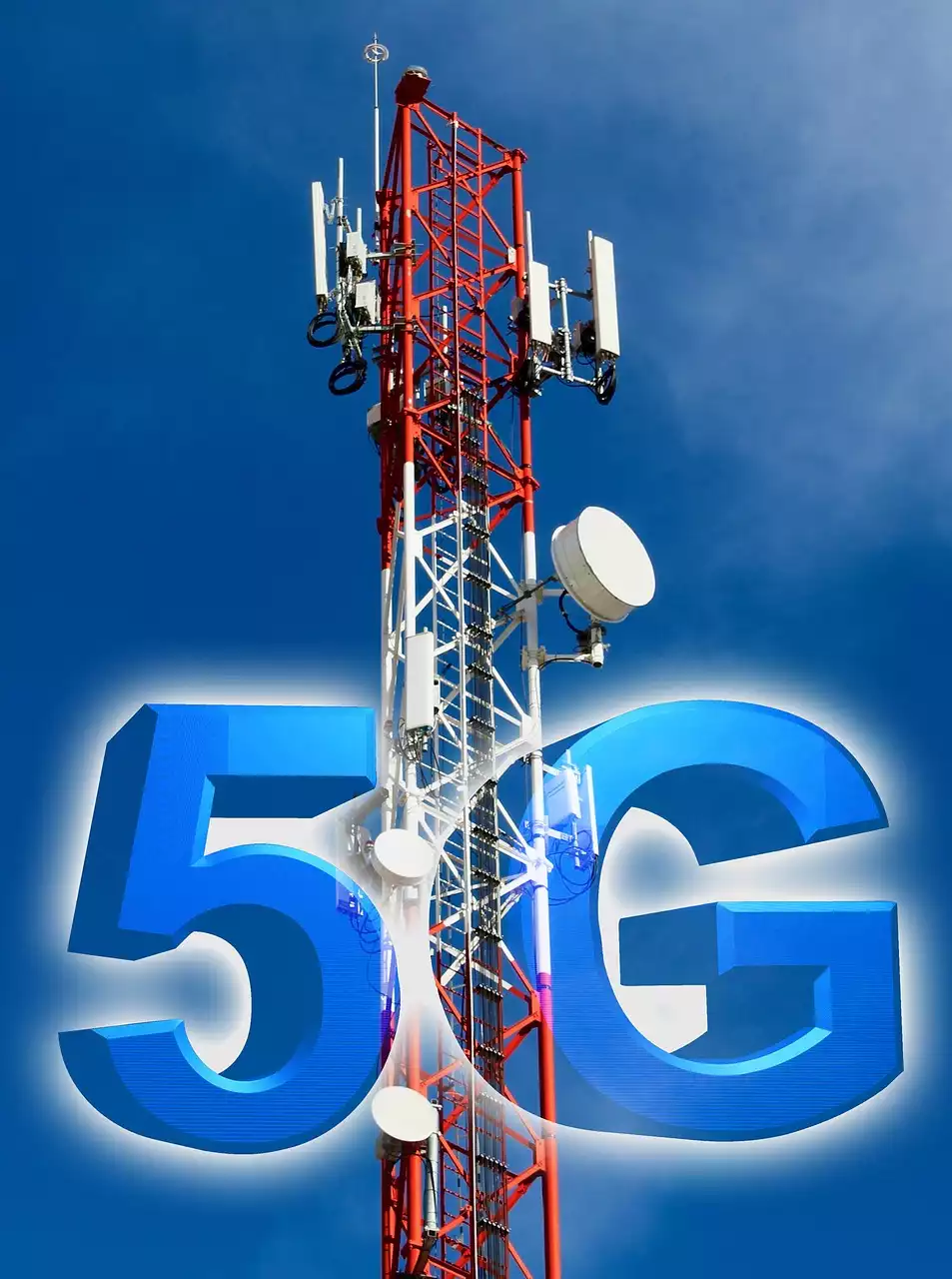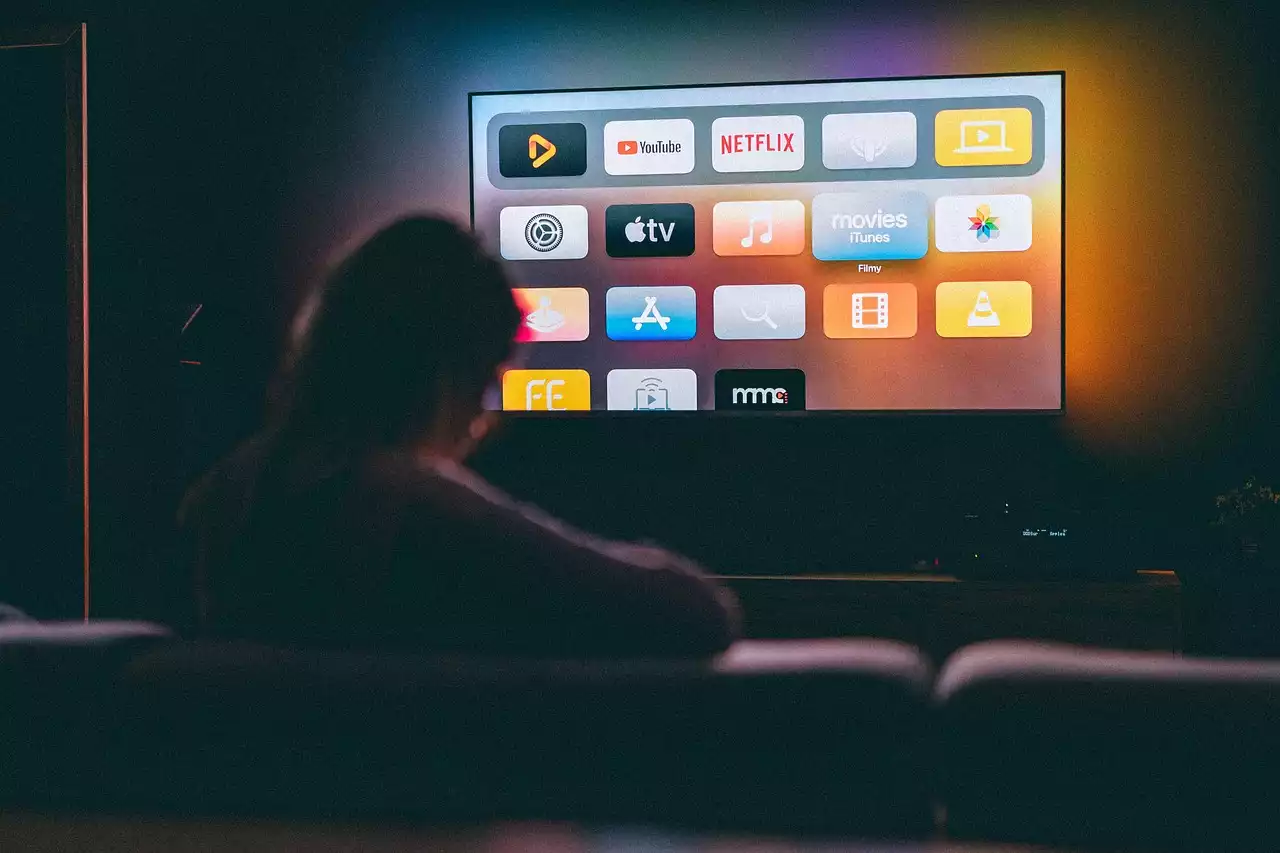The Benefits of Using 360-Degree Videos and Virtual Reality in Marketing
So what is it about these technologies that makes them so powerful for marketers? At their core, 360-degree videos and virtual reality are all about creating immersive experiences for viewers. With 360-degree videos, viewers can explore a scene from any angle, getting a complete sense of the space and the objects within it. Virtual reality takes this even further, allowing viewers to step inside a completely virtual world and interact with it in real-time.
The benefits of these technologies for marketing are clear. By creating immersive experiences for their audiences, brands can drive engagement and create a lasting impression that is much more powerful than traditional advertising methods. Whether it's a virtual tour of a property or destination or an interactive product demo, 360-degree videos and virtual reality allow brands to showcase their offerings in new and exciting ways that capture the attention of their audiences.
Another key benefit of these technologies is their ability to provide valuable data and insights for marketers. By tracking viewer behavior within a 360-degree video or virtual reality experience, brands can gain valuable insights into the preferences and interests of their audience. This data can then be used to inform future marketing campaigns and product development, ensuring that brands are always staying ahead of the curve when it comes to engaging with their audiences.
Examples of Successful 360-Degree Video and Virtual Reality Marketing Campaigns
To better understand the power of 360-degree videos and virtual reality in marketing, let's take a look at some examples of successful campaigns that have used these technologies to great effect.
One great example is the Marriott Hotels virtual reality experience, which allows viewers to take a virtual tour of some of the brand's most luxurious properties around the world. By immersing viewers in the experience of staying at a Marriott property, the brand is able to create a powerful emotional connection with its audience, driving engagement and interest in its offerings.
Another great example is the Volvo XC90 Experience, a virtual reality experience that allows viewers to explore the interior of the brand's flagship SUV. By allowing viewers to interact with the car in a virtual environment, Volvo is able to showcase the unique features and design elements of the vehicle in a way that is both engaging and informative.
How to Create a 360-Degree Video or Virtual Reality Experience for Your Brand
So how can brands create their own 360-degree videos and virtual reality experiences? While these technologies may seem daunting at first, there are a number of tools and resources available to help brands get started.
One of the most popular tools for creating 360-degree videos is the Insta360 camera, which allows users to capture 360-degree footage and then edit it using a variety of software tools. Similarly, virtual reality experiences can be created using a variety of software platforms, including Unity and Unreal Engine.
Of course, creating a successful 360-degree video or virtual reality experience is about much more than just the technical aspects of production. Brands also need to think carefully about the content and messaging that they want to convey through these experiences, ensuring that they are providing real value to their audience and creating a lasting impression.
Best Practices for Incorporating 360-Degree Videos and Virtual Reality in Your Marketing Strategy
To get the most out of 360-degree videos and virtual reality in your marketing strategy, it's important to follow some best practices and guidelines. Here are some tips to keep in mind:
- Focus on the experience: The most successful 360 degree videos and virtual reality experiences are those that provide a truly immersive and engaging experience for viewers. Put yourself in the shoes of your audience and think about what they would find most interesting and compelling about your brand.
- Keep it concise: While 360 degree videos and virtual reality experiences can be incredibly engaging, it's important to keep them concise and to the point. Don't try to cram too much information or content into a single experience, as this can quickly become overwhelming for viewers.
- Test and iterate: Like any marketing campaign, 360 degree videos and virtual reality experiences should be tested and refined over time to ensure that they are achieving their desired outcomes. Use viewer data and feedback to make adjustments and improvements to your experiences over time.
The Future of 360-Degree Videos and Virtual Reality in Marketing
Looking ahead, it's clear that 360-degree videos and virtual reality are going to play an increasingly important role in the world of marketing. As these technologies continue to evolve and become more accessible, we can expect to see even more innovative and engaging experiences from brands across a wide range of industries.
Some of the most exciting developments in this space include the use of augmented reality (AR) and mixed reality (MR) technologies, which allow brands to create even more interactive and immersive experiences for their audiences. As these technologies continue to advance, we can expect to see even more creative and innovative uses of 360-degree videos and virtual reality in marketing.
Using 360-Degree Videos and Virtual Reality for Event Marketing
One area where 360-degree videos and virtual reality are particularly powerful is in event marketing. By creating virtual experiences that allow audiences to explore a physical space or interact with products and services in real-time, brands can create unforgettable experiences for their attendees.
For example, a fashion brand could create a virtual reality experience that allows attendees to step inside a fashion show and experience the latest collection in a completely immersive way. Similarly, a tech company could create a 360-degree video that allows attendees to explore a new product in detail, providing a hands-on experience that is much more engaging than a traditional product demo.
Measuring the Success of Your 360-Degree Video and Virtual Reality Marketing Campaigns
As with any marketing campaign, it's important to track the success of your 360-degree video and virtual reality experiences. Some key metrics to consider include:
- Engagement: How many viewers are interacting with your experience, and for how long?
- Conversions: Are viewers taking action as a result of your experience, such as making a purchase or signing up for a newsletter?
- Brand sentiment: What is the overall sentiment of viewers towards your brand after interacting with your experience?
By tracking these metrics over time, brands can gain valuable insights into the effectiveness of their 360-degree video and virtual reality marketing campaigns, and make adjustments and improvements as needed.










